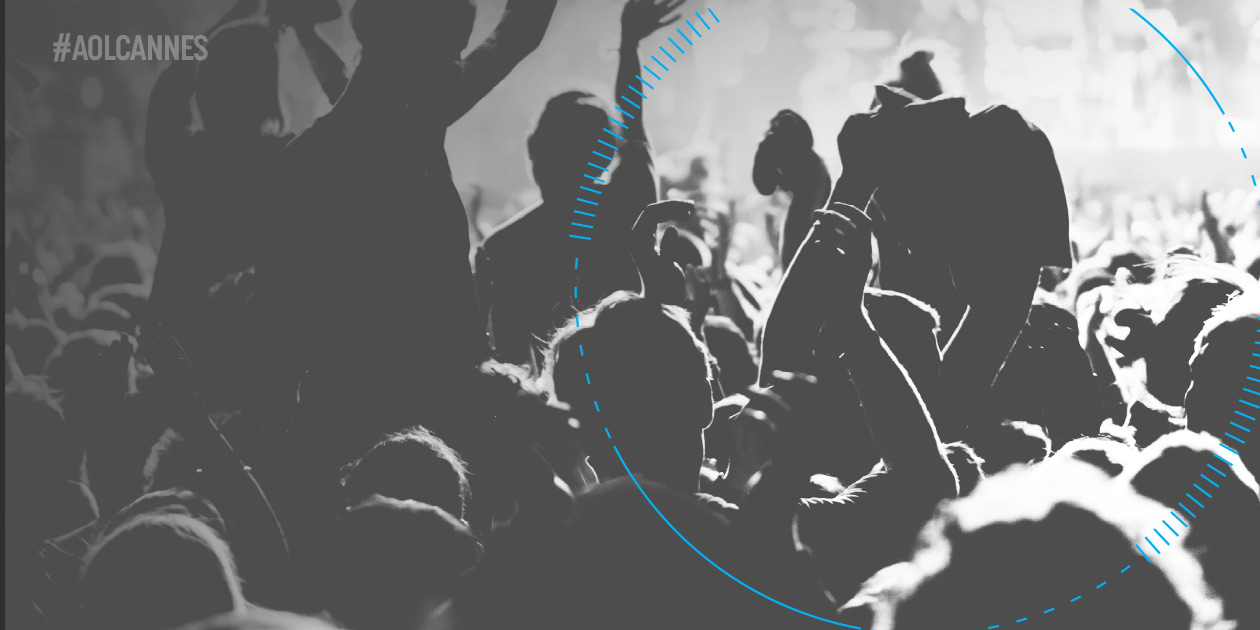This week at Cannes Lions 2016 the advertising industry is very much focused on the present as we celebrate the year’s most creative work and sharpest minds. But what does the future of creative look like? What will it take for advertisers to breakthrough in the fast-changing digital age?
The answer appears to be data. Lots of data.
In today’s digital age, consumers now expect brands to speak to them on a more personal and emotional level. One size no longer fits all, and for advertisers, tapping a combination of technology and creativity is imperative.
Today, almost half (46%) of brands, agencies and publishers are using data to optimize and inform creative strategies. This according to a 2015 survey conducted by AOL and Digiday, that shows the number is going nowhere but up. And why shouldn’t it? Advertisers are starting to get a taste of the unique data-driven creative experiences that are now possible.
Take these four examples from four different verticals:
Travel through demographics: Just a few years back, a travel company would advertise vacation deals in the newspaper and hope to catch the eye of interested travellers. Today, however, they can use demographic and location data to target online ads for warm weather getaways to 18-25 year-old spring breakers who live in cold climates. In addition, they can use data from ‘search’ sites and purchase intent data to find people who have expressed an interest in travelling and target them with specific ads urging them to book now.
Automotive by interest: Why run a radio ad telling people a car they may or may not want is flying off the lot, when instead you can use a wealth of ‘search’, demographic and behavioral data to customize your ad content to specific drivers. An automotive company such as General Motors, for example, could optimize their ad content so different audiences see ads for different cars. They could personalize their ads even further to highlight certain features prospective buyers might be interested in. For example, featuring anti-lock brakes in an online ad aimed at parents looking to buy their teenager their first car.
Personalized Cosmetics: Since everyone doesn’t wear the same makeup, brands need a more-personalized approach to showcase their products, with messaging and visuals specifically tailored to their different target consumers. Ads can be optimized based on user data like age and gender, as well as past purchase data, to deliver customized content and relevant product recommendations. While it makes sense for your ad to feature a young model when targeting women aged 25-35, a different creative approach is necessary when trying to reach women aged 45-65. And data makes this all possible.
Location based Entertainment: By activating location, demographic and behavioral data, movie marketers can drive people to the theater by reaching them at the optimal time and location with recommended films and show times. Have a new children’s movie coming out? No need to advertise on the Disney Channel and hope for the best. Target your online ad to parents of pre-teen children who don’t have weekend plans in their online calendar and are already searching for local movie showings.
These are just a few of the possibilities now available to advertisers. By bridging the gap between data technology and creative, brands can deliver powerful, engaging cross-screen and cross-channel experiences perfectly tailored to their audience.
The future of advertising fuses creative and data, and the future is now.
Methodology: These findings are based on an online survey conducted in partnership with Digiday in September 2015. Respondents represent 229 US brands, agencies (both media buying and creative) and publishers. Participants were asked about their current and projected practices and sentiments around creative development, execution and optimization.











